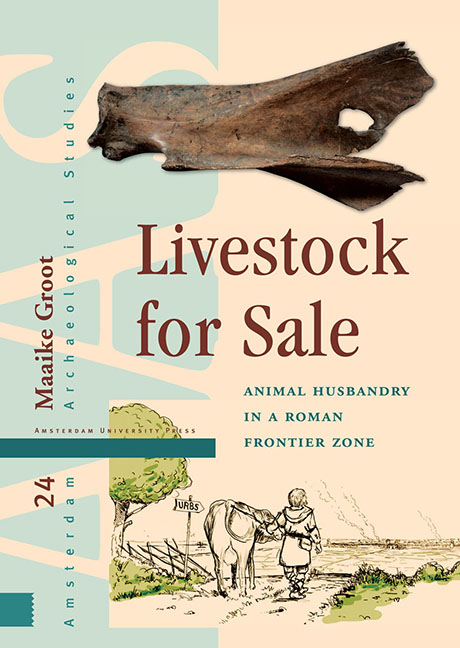Book contents
5 - Rural Settlements: Animal Husbandry and Consumption
Published online by Cambridge University Press: 17 June 2021
Summary
Since this chapter focuses on rural sites, the emphasis is on agrarian production, although the introduction of new types of food and technology (butchery tools) will also be discussed. This regional study aims not only to provide a general picture of animal husbandry in this region and time period and any developments occurring during the Roman period, but also to study the variation in response that occurred when local communities were faced with a market demand for agrarian products.
Since 45 of the 72 sites included in this study are rural settlements involved in agrarian production, the evidence for production is clearly stronger than the evidence for consumption. There are differences in the size of rural settlements, which vary from one to five or six farmhouses, but apart from that there is no clear hierarchy. Some sites have traditionally been interpreted as villae. Although the definition of a villa is inherent to its function as a large-scale agrarian production unit, interpretations for the Dutch River Area are invariably based on the size and lay-out of structures and the style of construction (stone, tiled roofs, other ‘Roman’ elements). For this study, villa-like settlements are grouped with other rural sites, since they are all agrarian production units. We shall see whether agrarian production differs from ordinary rural sites. The same applies to several sites with a possible military connection. Before we look at the data from Roman sites, it is necessary to discuss farming in the Late Iron Age, to gain some understanding of the agrarian situation before the Roman occupation.
FARMING IN THE LATE IRON AGE
LATE IRON AGE SOCIETY AND SURPLUS PRODUCTION
The Late Iron Age economy in the research area was an agrarian subsistence economy. Mixed farming was practised, with nearly everyone involved in farming the land and looking after livestock. The pastoral side of farming seems to have been especially important, and can be related to the greater suitability of the landscape for animal husbandry (plenty of fertile grassland for grazing) than for cereal farming (suitable arable land limited due to risk of f looding). The so-called pastoral ideology is ref lected by the sharing of living space by man and animal.
- Type
- Chapter
- Information
- Livestock for SaleAnimal Husbandry in a Roman Frontier Zone, pp. 81 - 144Publisher: Amsterdam University PressPrint publication year: 2016



